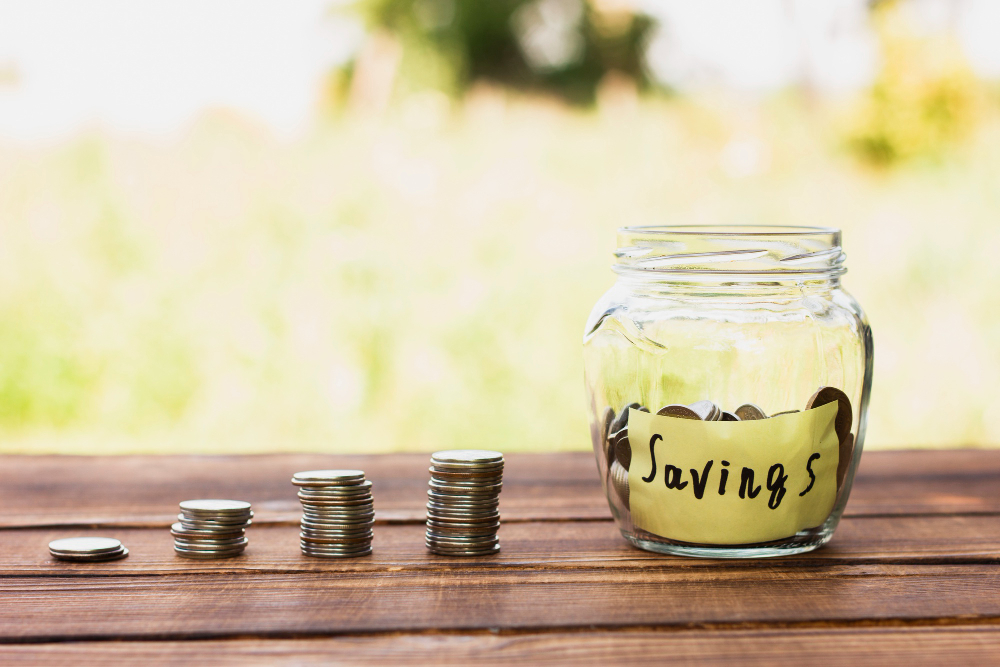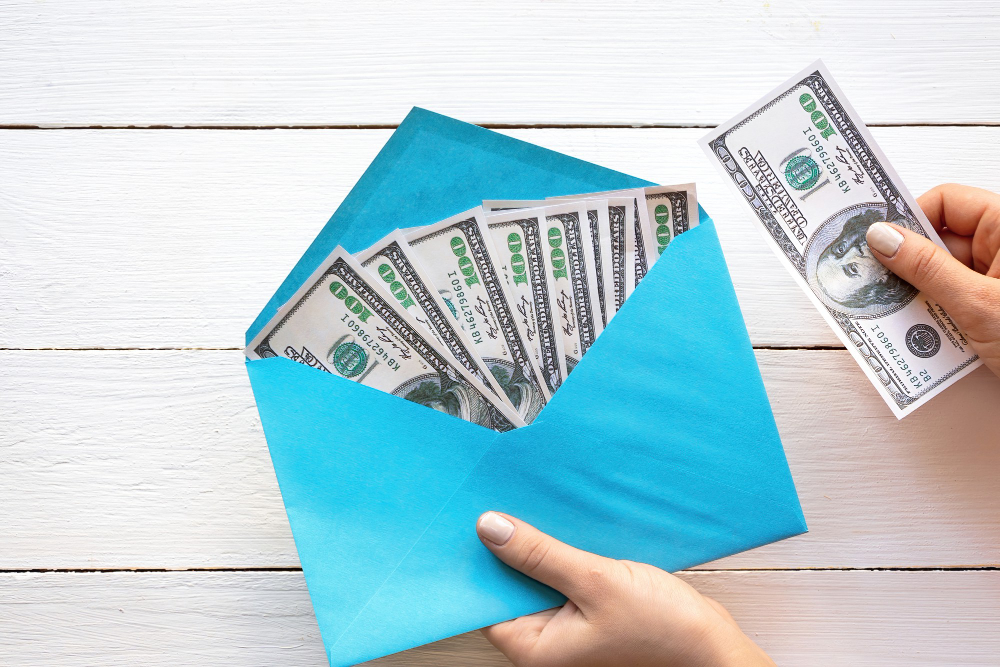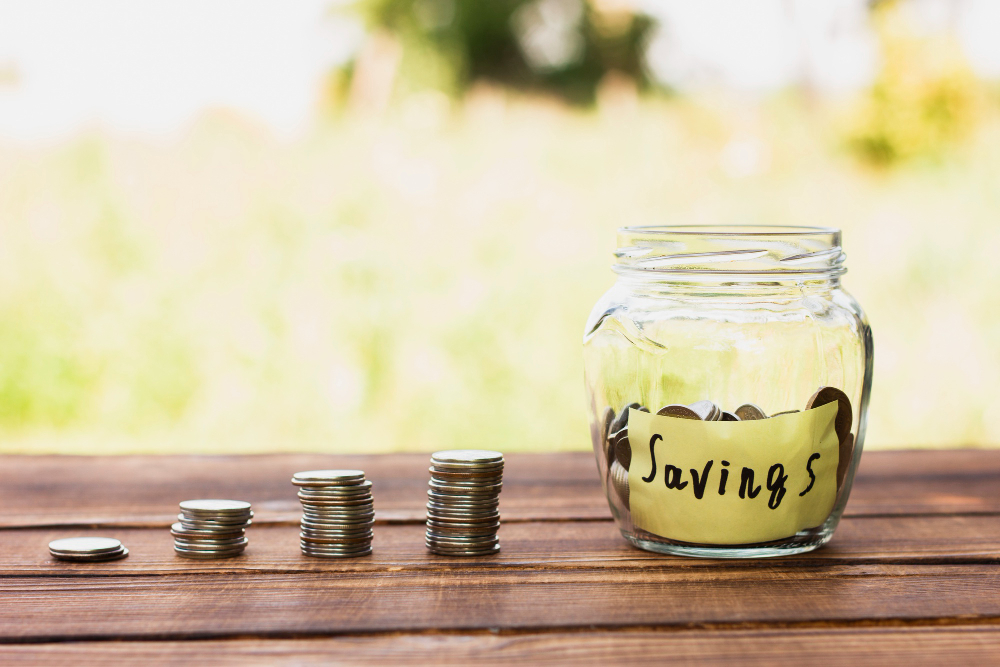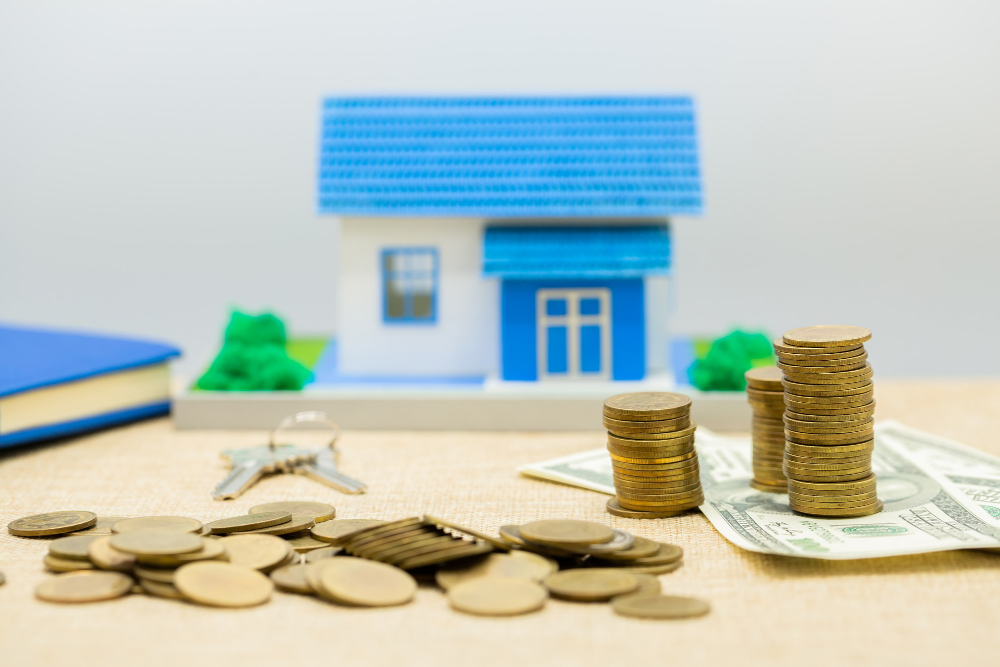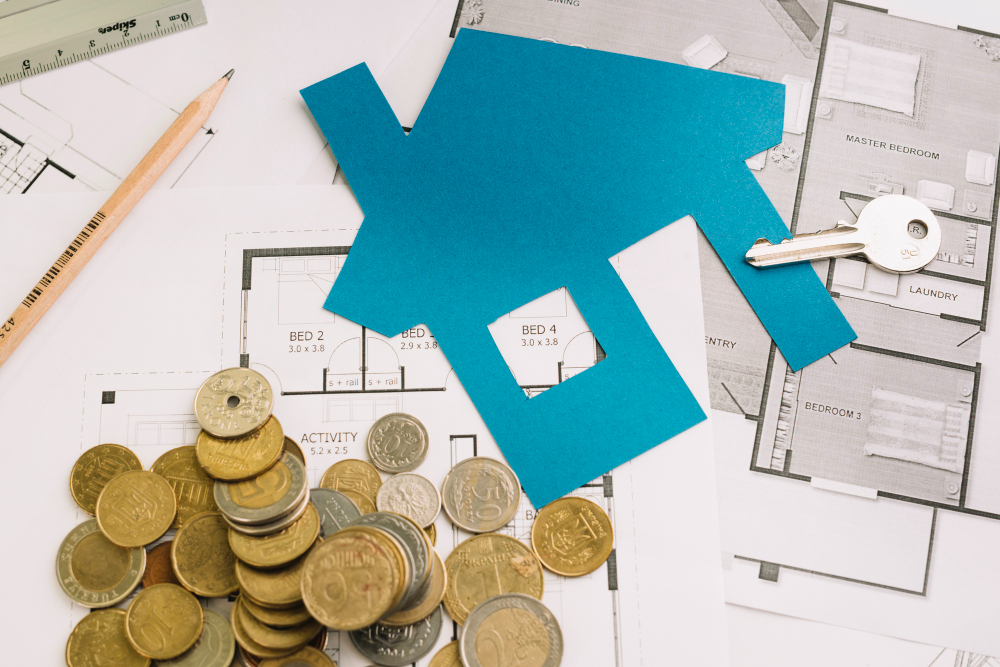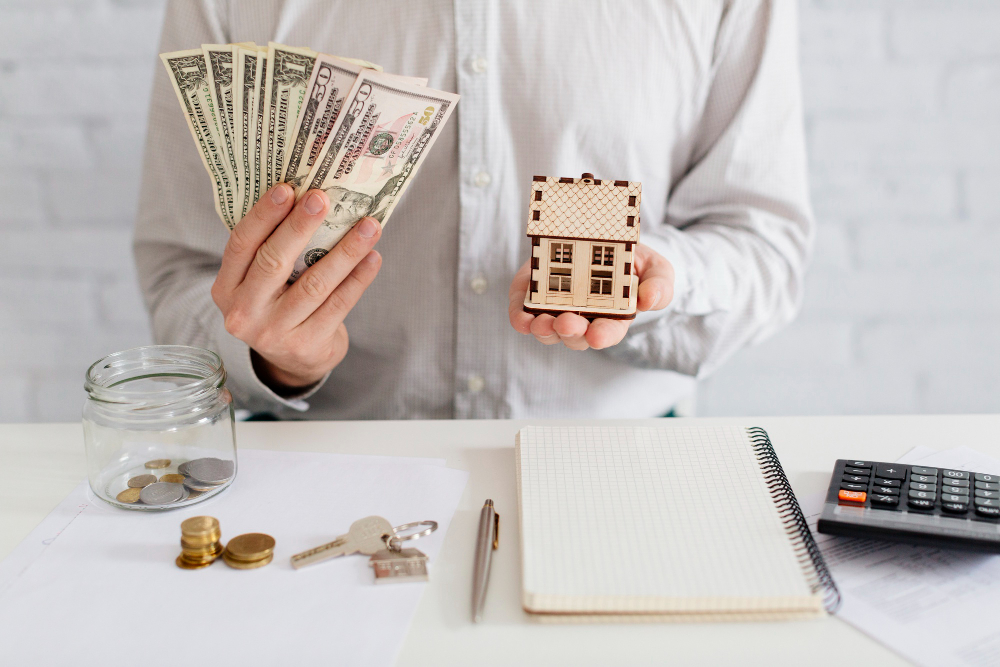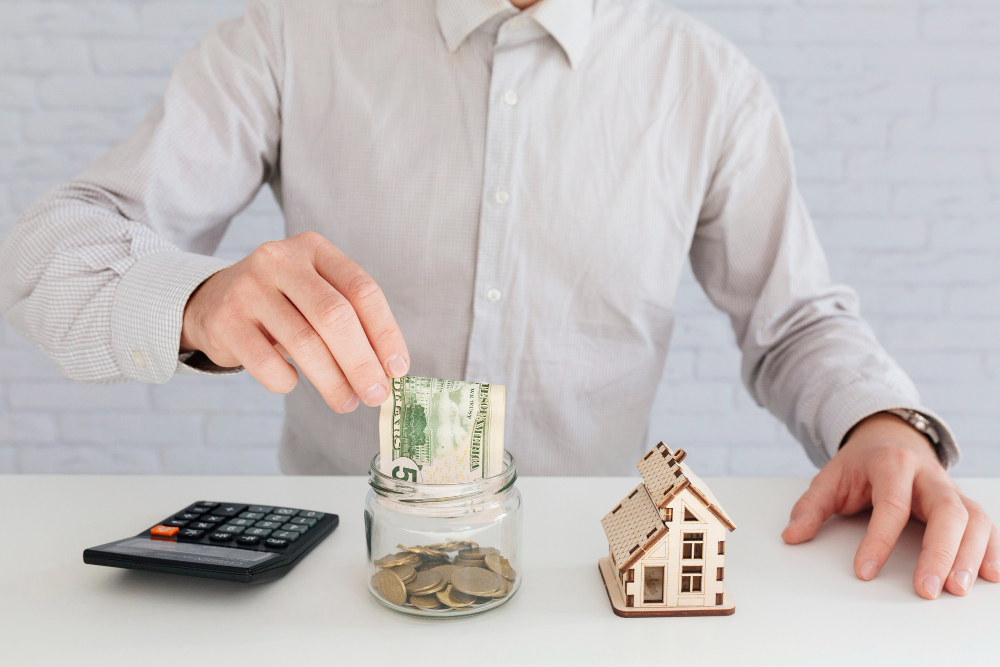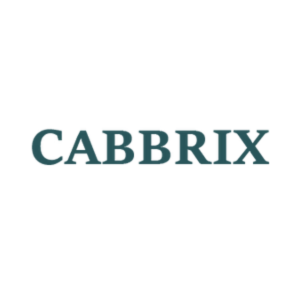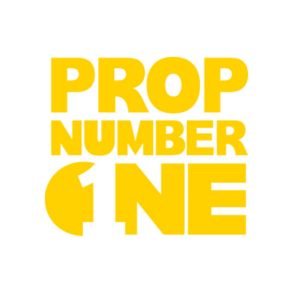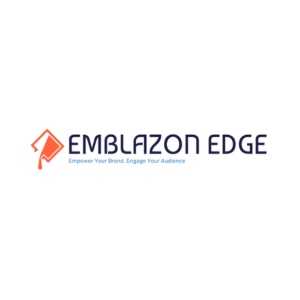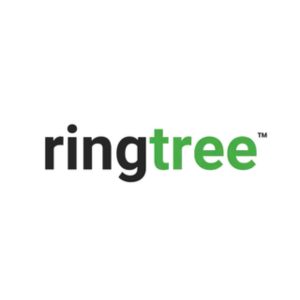
How to Save for a Down Payment: Tips for Success
Introduction
Buying a home is a significant milestone. The earlier you start, the better positioned you’ll be for long-term financial stability. In your 20s, you have the advantage of time. This can make a big difference in building equity and wealth. While it may seem challenging to save for a down payment, learning how to save for a down payment now can set you on the path to financial freedom and homeownership sooner rather than later.
Benefits of early homeownership
- Building Equity Faster: When you buy a house, you start building equity as you pay off your mortgage, rather than paying rent without ownership benefits. The earlier you start, the sooner you can build significant wealth through your property.
- Stability and Security: Owning your own home offers more stability compared to renting, especially as property values rise over time. Early homeownership can protect you from rent hikes and give you control over your living space.
- Investment in Your Future: Property is a tangible asset that can appreciate in value, making it a great investment for your future. Early homeownership puts you ahead in the game, as you can ride out market fluctuations and benefit from long-term growth.
- Tax Benefits: Homeownership provides certain tax advantages, such as deductions on mortgage interest and property taxes. These financial benefits can help you save more in the long run.
By getting a head start on homeownership in your 20s, you give yourself more financial freedom and long-term stability. Saving for a down payment is the first step toward securing your dream home. Starting now will help you achieve that goal in the future.
How to Save for a Down Payment: Start with a Plan
Setting clear savings goals
When it comes to learning how to save for a down payment, setting clear, achievable savings goals is essential. Without a plan, it’s easy to feel overwhelmed or lose focus along the way. Start by determining how much you need for your down payment. The typical down payment is about 20% of the home's purchase price. However, it can vary depending on the type of mortgage you choose. Research the housing market in your area to estimate the price range that suits your budget.
Once you have a target amount, break it down into smaller, manageable chunks. Having a clear monthly goal helps you stay on track and makes the process feel more achievable.
Create a Budget for Your Home Buying Goal
Allocating funds for a down payment
When it comes to how to save for a down payment, one of the most important steps is allocating your funds wisely. Saving for a home can feel overwhelming. However, breaking it down into manageable steps makes the process easier. First, start by determining how much you need for a down payment. A standard down payment is typically 20% of the home's price. However, this can vary depending on the loan type or your financial situation. Once you have a target amount, it's time to allocate your funds.
- Prioritize Savings
Treat your down payment like any other essential expense. If you’re serious about homeownership, make saving for your down payment a top priority. Set up automatic transfers from your checking to your savings account so that you save consistently without having to think about it. By prioritizing this goal, you'll ensure you're building the funds you need. - Cut Back on Discretionary Spending
Next, take a close look at your spending habits. Identify areas where you can cut back, such as eating out less or reducing subscription services. This extra money can go directly toward your down payment savings, accelerating your progress without sacrificing your overall lifestyle. Even small changes can add up over time. - Set a Monthly Goal
Breaking your down payment into smaller, monthly savings goals can make the process feel more achievable. For example, if you need $30,000 and plan to buy in three years, setting aside $833 each month will get you there. Tracking your progress will keep you motivated and help you stay on target.
By strategically allocating your funds and following a consistent savings plan, you’ll be on track to build the down payment you need. It’s not just about saving more—it's about making smart choices and dedicating yourself to your homeownership dream.
Open the Right Savings Account
Best accounts for your down payment
When saving for a down payment, the type of account you choose matters. It can impact how quickly your savings grow. Select an account that offers both security and growth. This way, you can maximize your down payment funds without taking unnecessary risks. Here are a few of the best options to consider:
High-Interest Savings Accounts (HISA)
High-interest savings accounts are a popular choice for saving for a down payment. These accounts offer better interest rates than regular savings accounts, allowing your money to grow faster. While the returns might not be as high as investments, the advantage lies in the safety and accessibility of your funds. Look for accounts with no monthly fees and no minimum balance requirements to make the most of your savings.
Tax-Free Savings Accounts (TFSA)
In Canada, a Tax-Free Savings Account (TFSA) is another excellent option for saving for your down payment. Contributions to a TFSA are not tax-deductible. However, the real benefit is that your interest, dividends, and capital gains grow tax-free. This can significantly accelerate your savings. Additionally, you can withdraw the money at any time without tax penalties, making it flexible for your down payment goal.
Certificates of Deposit (CDs)
If you're looking for a safer option that still provides a bit more interest than a regular savings account, consider a Certificate of Deposit (CD). These time deposits typically offer higher interest rates in exchange for keeping your money locked up for a specified period. Just make sure you’ll be able to avoid early withdrawal penalties before committing, as your down payment funds need to remain accessible when you're ready to purchase.
Registered Retirement Savings Plans (RRSP)
Home Buyers' Plan For Canadians, the RRSP can be a great way to save for your down payment, especially if you're a first-time homebuyer. Under the Home Buyers' Plan (HBP), you can withdraw up to $35,000 (or $70,000 for a couple) from your RRSP without paying tax, as long as you repay the amount within 15 years. This strategy can help grow your savings while reducing your taxable income during the year you contribute.
Money Market Accounts
Money market accounts are another solid choice for saving for a down payment. These accounts often offer higher interest rates than regular savings accounts and are relatively low-risk. They typically require a higher minimum balance than other savings accounts, but they can provide the added benefit of liquidity if you need access to your money quickly.
When choosing the right account for your down payment savings, make sure to compare interest rates, fees, and withdrawal terms. It's essential to pick an account that suits both your savings goals and timeline. By putting your money in the right place, you can accelerate your path to homeownership in your 20s.
Cutting Costs: Save More for Your House
Tips for reducing expenses
One of the most effective ways to save for a down payment is by cutting unnecessary expenses. Small changes in your daily spending can have a big impact over time, especially when you’re focused on achieving a major financial goal like buying a house. Here are some practical tips to help you reduce expenses and boost your savings:
Track Your Spending
Start by tracking your spending habits for a month or two. This will give you a clear picture of where your money goes. It will also help you identify areas to cut back. Many budgeting apps can make this process easier. They allow you to categorize spending and see where adjustments can be made.
Limit Dining Out and Takeout
Eating out frequently can add up quickly. By cooking more meals at home, you can save a significant amount each month. You don't have to give up dining out entirely. However, cutting back can free up money for your down payment savings.
Reduce Subscription Services
Many of us have multiple streaming services, gym memberships, or other subscription-based services that may not be fully utilized. Review your subscriptions and consider canceling those you don’t use often. Even a small savings here can accumulate over time.
Shop Smart
Take advantage of sales, discounts, and coupons when making purchases. Avoid impulse buys by creating a shopping list and sticking to it. Consider buying generic or store-brand items instead of name-brand products. They often have the same quality but cost less.
Refinance High-Interest Debt
If you have any outstanding high-interest loans or credit card balances, consider refinancing or consolidating them to lower your interest rates. This can save you money in the long run, allowing you to put those savings toward your down payment.
Cut Back on Transportation Costs
If possible, consider alternatives to owning a car or using public transportation. If you already have a car, carpooling or reducing unnecessary trips can also help save on gas and maintenance costs. Additionally, shopping around for the best insurance rates can lead to significant savings.
By making small adjustments to your lifestyle, you can free up more room in your budget. This will help you focus on saving for a down payment. The key is consistency – even modest reductions in your monthly expenses can make a big difference in the long run.
Increase Your Income: Extra Cash for Saving
Side hustles and freelance work
When it comes to saving for a down payment, one of the most effective strategies is to increase your income. In your 20s, side hustles and freelance work offer an excellent opportunity to boost your savings without having to quit your day job. Whether it’s utilizing a skill you already have or pursuing a new passion, there are endless ways to earn extra cash.
Freelance work can range from writing and graphic design to web development and social media management. The key is finding something that aligns with your skills and interests, so it doesn’t feel like an additional burden. Websites like Upwork, Fiverr, and Freelancer make it easier than ever to find clients in need of your expertise. Even a few hours a week can add up significantly over time, allowing you to allocate more toward your down payment fund.
Side hustles also come in many forms, from ridesharing and food delivery to offering tutoring services or selling handmade products online. Apps like Uber, Lyft, and Etsy provide flexible options to earn money on your own schedule.
Take Advantage of First-Time Homebuyer Programs
Government programs to help with your down payment
When you're in your 20s, saving for a down payment can seem like a daunting task, but there are government programs designed to make homeownership more achievable for first-time buyers. These programs provide financial assistance, tax benefits, or reduced down payment requirements, making it easier to get into your first home.
One popular option is the First-Time Home Buyer Incentive (FTHBI) offered by the Canadian government. This program helps reduce monthly mortgage payments by offering a shared equity loan for up to 10% of the purchase price of a newly built home or 5% for a resale home. The good news is that the loan is interest-free for the first five years, making it a great way to lighten the financial load while you save.
Track Your Progress: Stay Motivated
Tools to monitor your savings
When it comes to how to save for a down payment, having the right tools can make all the difference. These tools not only track your progress but also provide a clear picture of your savings journey. Whether you’re looking to stay motivated or ensure you’re sticking to your plan, here are some effective tools to help you manage your money wisely:
Budgeting Apps
Apps like Mint, YNAB (You Need a Budget), and PocketGuard can be incredibly helpful for tracking your expenses and ensuring that you’re setting aside enough for your down payment. By categorizing your spending, these apps allow you to identify areas where you can cut back and allocate more funds toward your goal.
Savings Goal Trackers
Several online platforms and mobile apps, such as Capital and Simple, offer specialized savings tools that allow you to create savings goals. You can set a specific target for your down payment and watch your progress as you contribute to your fund regularly. These apps often come with automation options that make it easier to save consistently.
Spreadsheets
If you prefer a more hands-on approach, using a spreadsheet might be the way to go. You can create a custom tracker to record your income, expenses, and savings. This method gives you total control over how you track your progress and can be easily updated as your financial situation changes.
Automatic Transfers and Direct Deposits
Many banks and financial institutions offer tools to set up automatic transfers from your checking account to your savings account. This ensures that you're continuously building your down payment fund without having to think about it. By automating the process, you’ll be able to grow your savings effortlessly over time.
High-Interest Savings Accounts
Using a high-interest savings account can maximize the growth of your down payment savings. Some online banks and credit unions offer higher interest rates compared to traditional banks, which means your savings will grow faster, putting you one step closer to your goal.
By leveraging these tools, you can stay on track and make sure that you’re always moving forward toward your down payment goal. Monitoring your savings regularly will give you the clarity and confidence you need to save efficiently for your future home.
Conclusion: Your Path to Homeownership
Tips for staying disciplined and focused
Saving for a down payment requires more than just setting aside a portion of your paycheck; it demands discipline and focus. Here are some effective strategies to help you stay on track as you work toward your homeownership goals:
Set Clear, Realistic Goals
Begin by defining how much you need to save for a down payment and establish a clear timeline. Break it down into monthly or weekly savings targets. This will not only help you track your progress but also create a sense of urgency, making your goal feel more attainable.
Automate Your Savings
One of the best ways to ensure you consistently save is by automating the process. Set up an automatic transfer from your checking account to a dedicated savings account specifically for your down payment. This way, you’ll be less tempted to dip into the funds and will stay focused on your goal.
Avoid Impulse Spending
Discipline is key when it comes to spending habits. Limit impulse purchases by sticking to a budget. Review your spending each month to identify areas where you can cut back—whether it’s eating out less or cancelling subscriptions you don’t need. Redirect the money you save into your down payment fund.
Track Your Progress
Monitor your savings regularly to stay motivated. Seeing how much you’ve saved can fuel your drive to keep going. If you’re falling behind, reassess your strategy and consider adjusting your spending or savings habits to get back on track.
Visualize Your Future Home
Keep your eyes on the prize. Whenever you feel tempted to spend unnecessarily, remind yourself of the bigger picture: owning your own home. Visualization is a powerful tool that can help you stay disciplined and focused on your down payment goal, even when it feels difficult.
By staying disciplined and focused, you’ll be well on your way to saving for a down payment and achieving your homeownership dreams sooner than you think.
